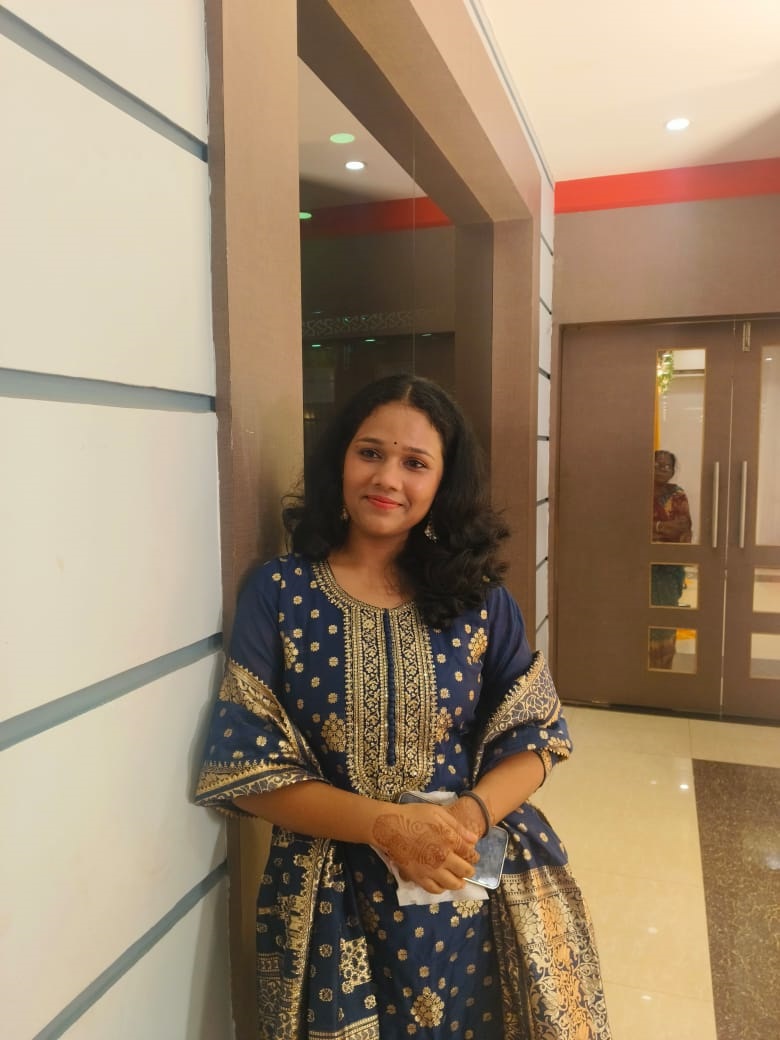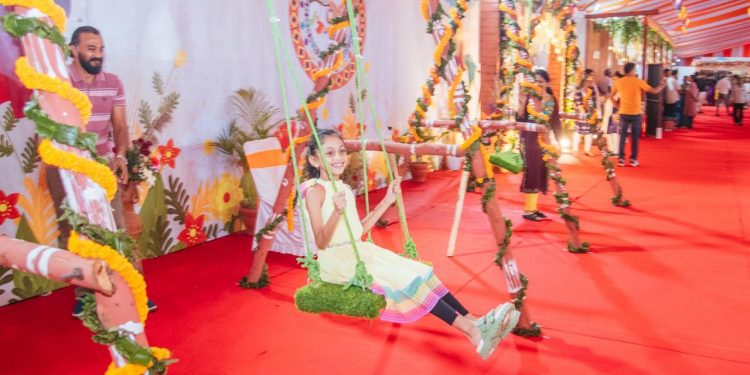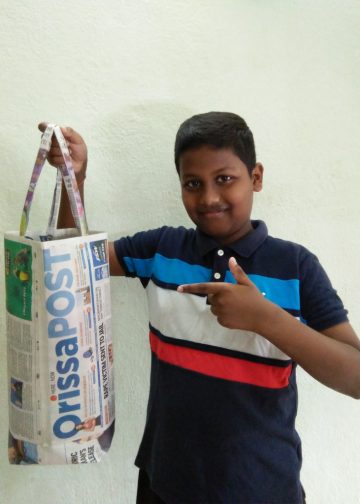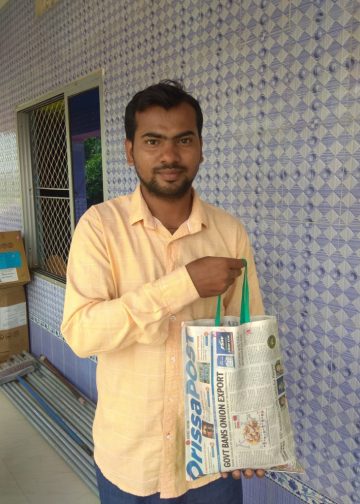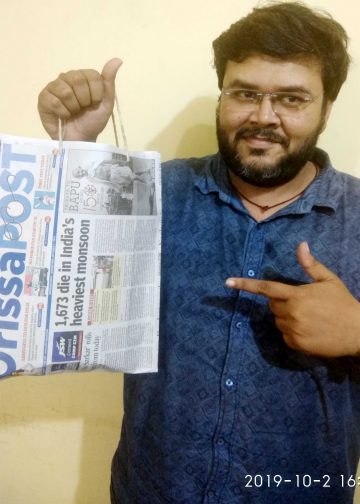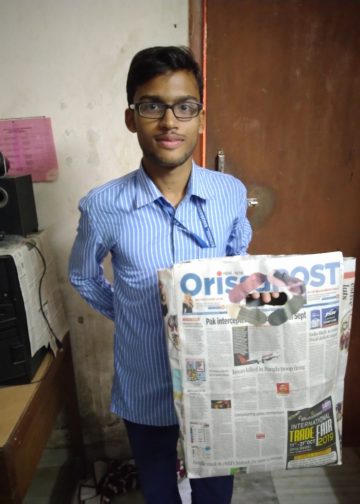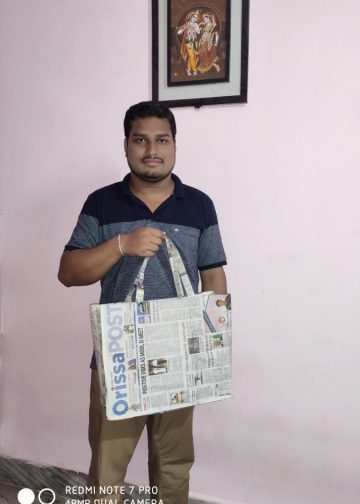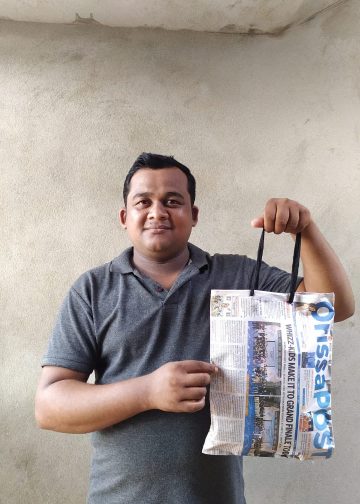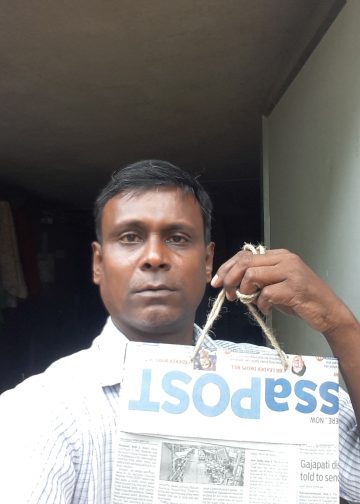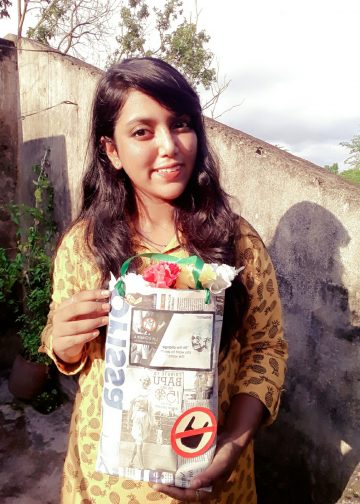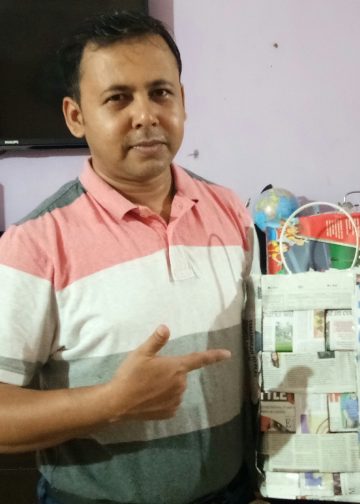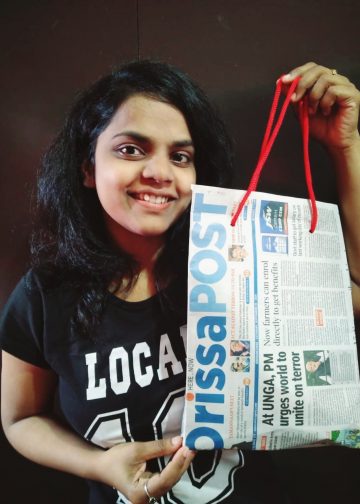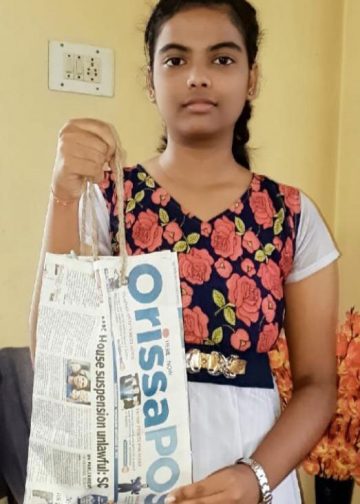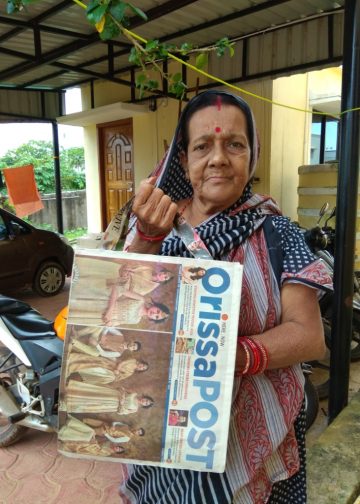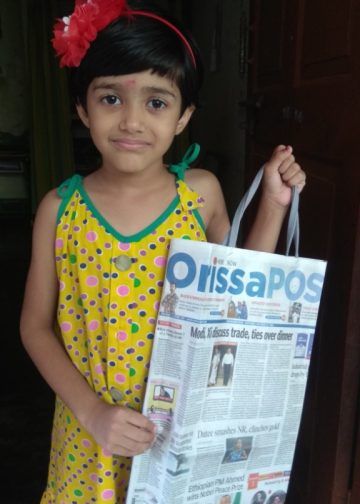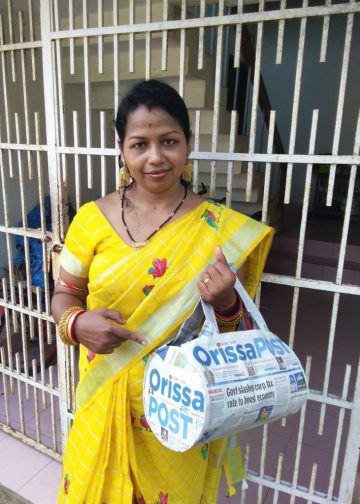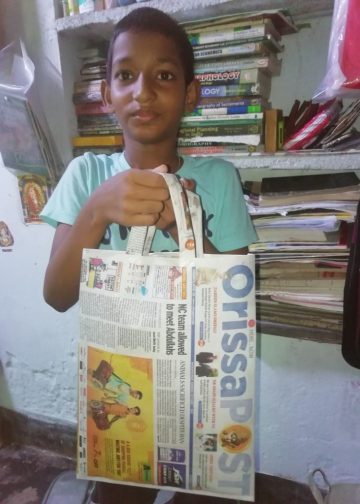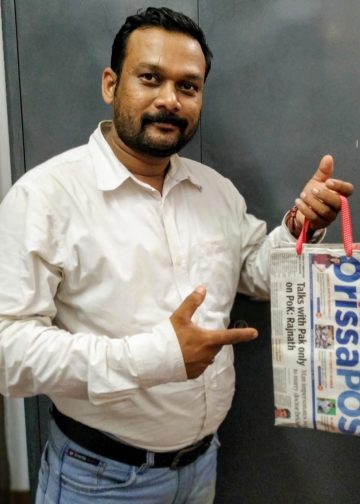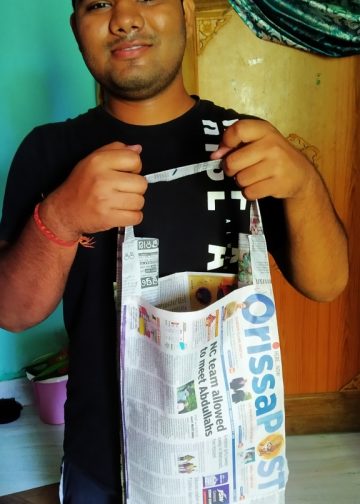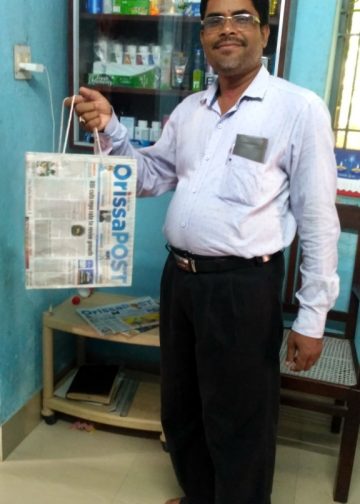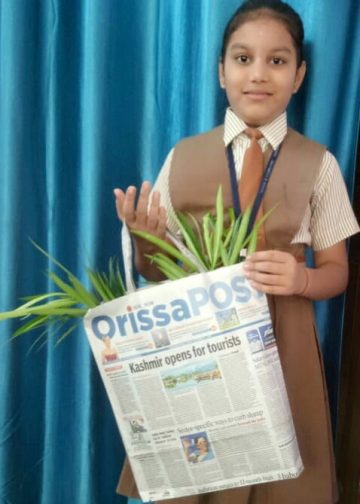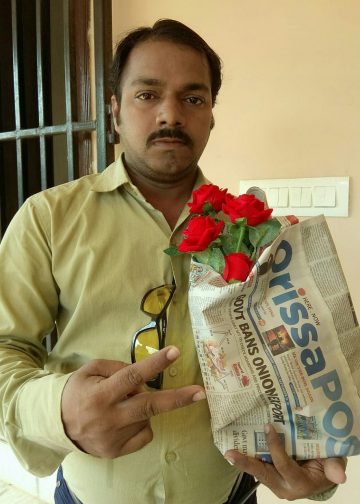RESHMI YADAV, OP
Bhubaneswar: With the arrival of ‘Raja’— a three-day-long unique festival that celebrates menstruation, fertility, and womanhood, Odisha decks up in vibrant colours, swings, alata-adorned feet, and the sweet aroma of poda pitha, symbolic and distinct to the celebration of the festival. Yet, despite the profound message, the irony persists. Menstruation remains a taboo subject in much of society, even in the state that celebrates it.
With its origins from the Sanskrit word ‘Rajaswala’, which refers to a menstruating woman, the festival is dedicated to ‘Bhumi’ (Earth goddess), who experiences menstruation during the three days of the festival. Agricultural activities come to rest, women refrain from work, and joy takes center stage.
“Raja is not just a festival, it’s a celebration of womanhood. While the rest of the world hides menstruation in whispers, we celebrate it with pitha, pana and raja doli,” said Akankhya Rout, a journalist from the state working in Lucknow. “For families that have migrated outside Odisha, Raja becomes a time to reconnect with roots,” she adds.
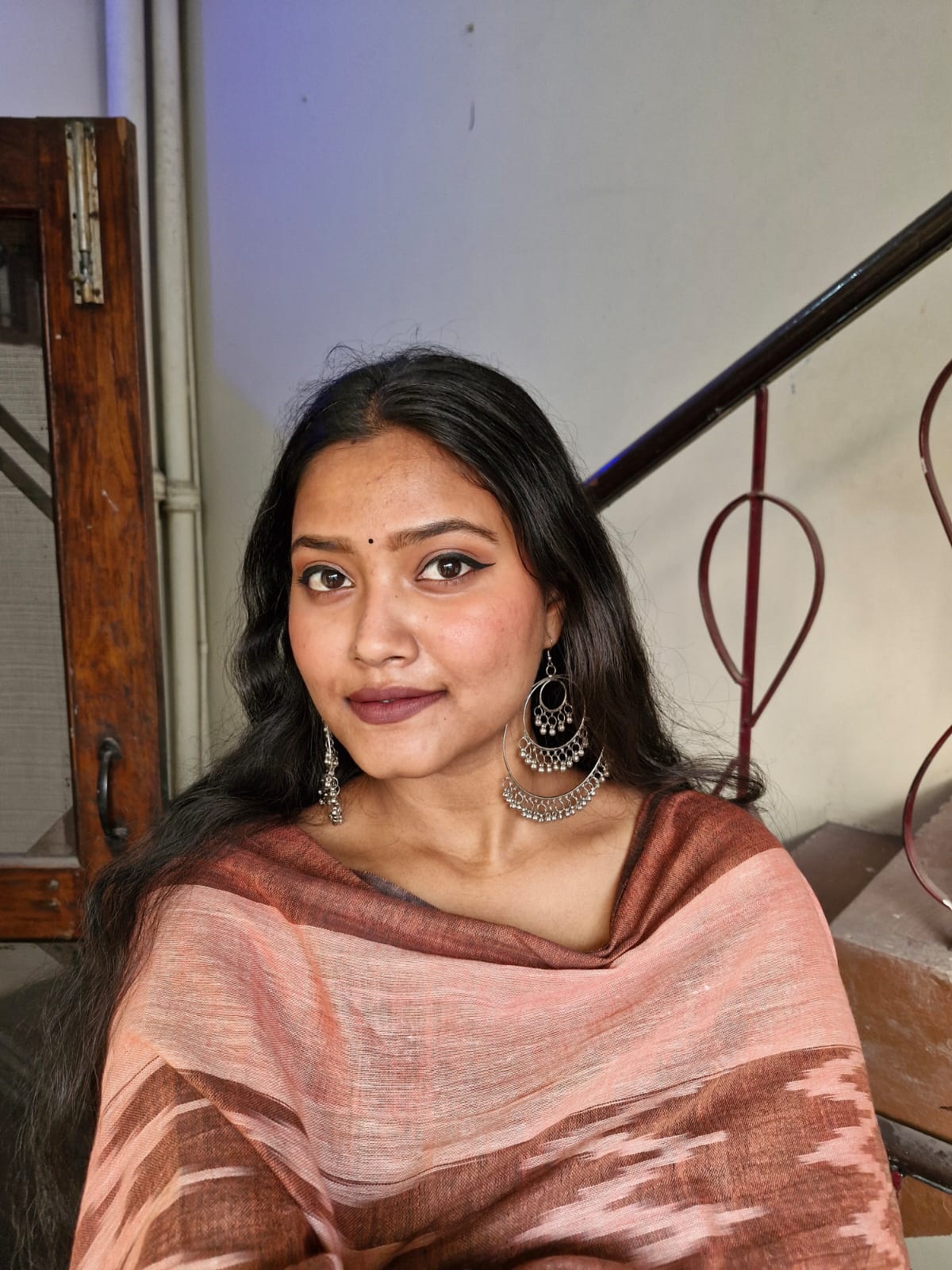
Odia film actress Jyoti Mohanty shared her nostalgia, “Earlier, Raja used to be much more than just Doli (swing) and Poda Pitha. The three main days — Pahili Raja, Mithuna Sankranti, and Basi Raja — are marked by traditions like playing folk games such as puchi, cards and kabaddi, and enjoying special dishes and Raja pana.” She added, “Women adorned in new clothes, decorate their hands with mehendi and feet with alata, and spend time with family & friends. Though things have changed, the essence is still alive in villages compared to cities,” Mohanty added.
Also Read: Tuition teacher jailed over minor college girl’s suicide
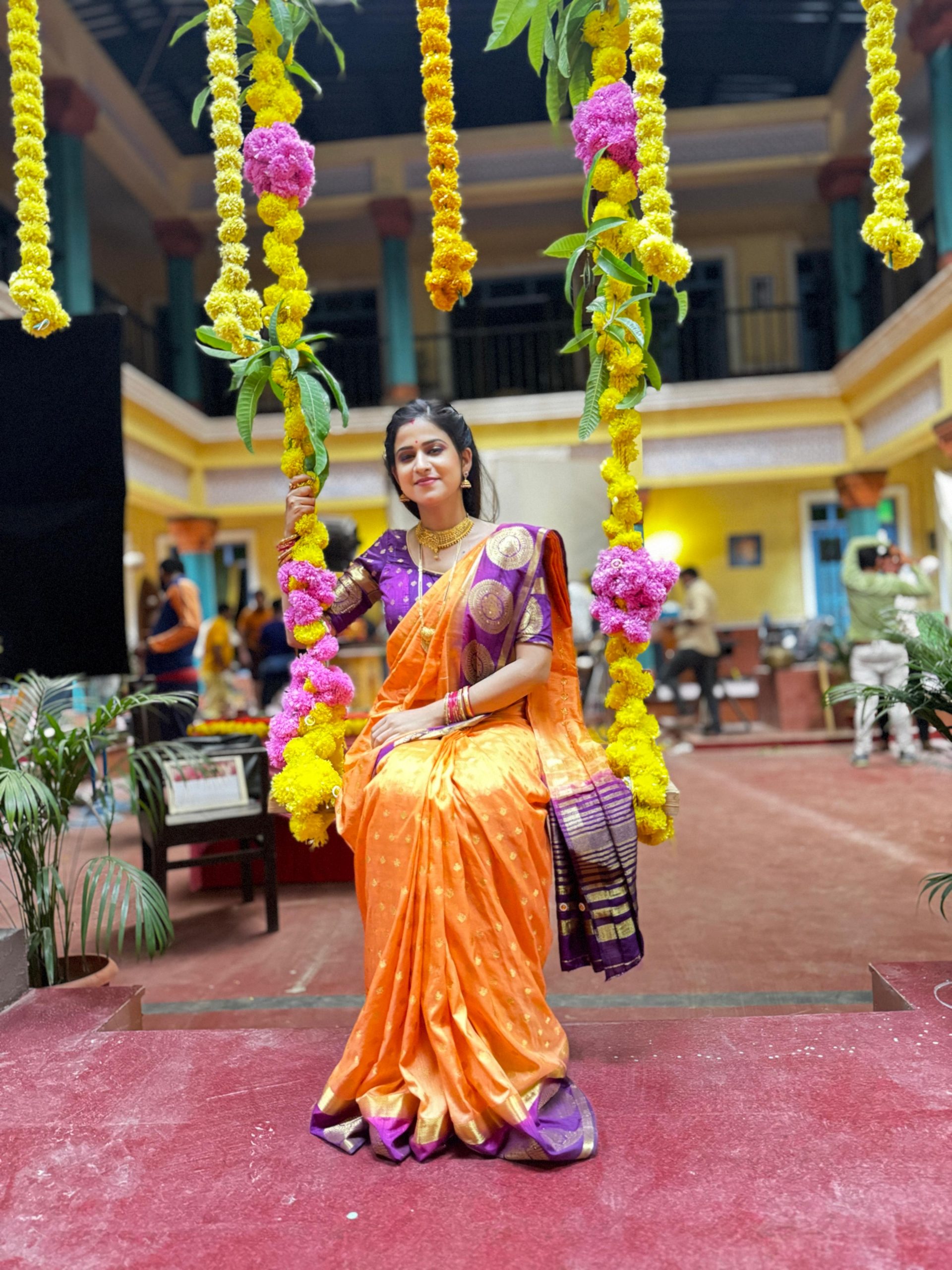
Raja is more than a cultural event, said Madhusmita Padhihary, a UG student at Rama Devi Women’s University. “It’s a vibrant reflection of feminine power and rural life. During the festival, the Mother Earth is believed to rest, and so do women. Girls dress in colourful attire, apply mehendi, sing folk songs, and swing joyfully,” she added.
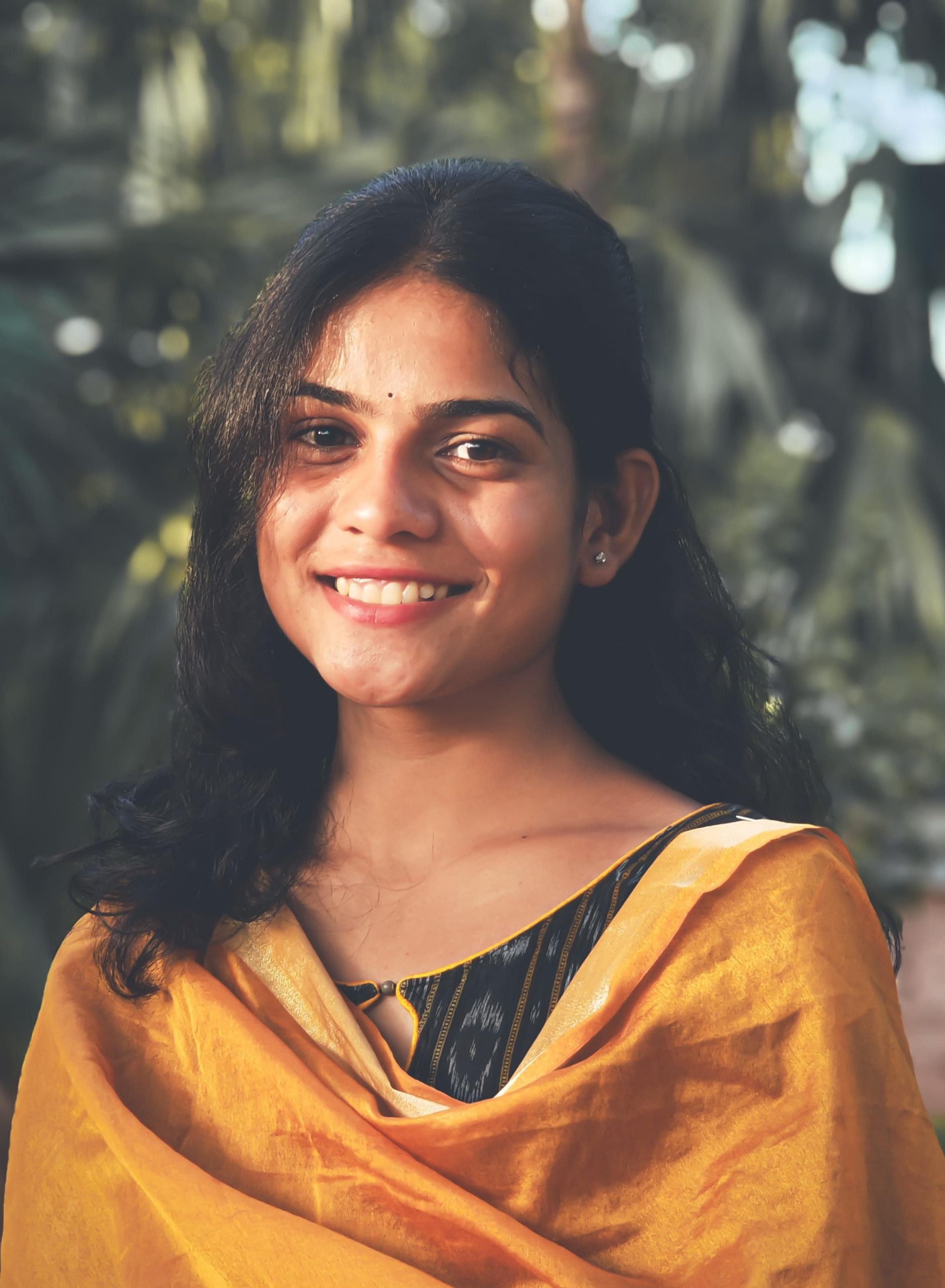
Ironically, despite the public celebration, menstrual health and hygiene remain taboo in many homes. PS Swagatika Sahoo from Jagatsinghpur, a PR professional in Mumbai, said, “Raja still holds deep cultural significance in our villages — it’s a time of joy, pride, and connection to our roots. Even while working in Mumbai, I make it a point to come home and celebrate this beautiful festival. For every Odia woman, it’s a cherished moment. But in urban settings, the true essence of Raja is often lost, especially when menstruation remains an uncomfortable topic of discussion.”

“Raja is not just a festival — it’s a cultural salute to womanhood, fertility, and the rhythms of nature. In honouring menstruation through tradition, the festival reminds us what is natural should never be hidden,” said Sriyasmita Mohanty, who works in an IT firm in Mumbai. The fourth day of the festival, Basumati Snana is dedicated to ceremonially bathing the Earth. Clay idols of Mother Earth are worshipped, and traditional rituals are performed to honour nature and femininity. As the festival continues to evolve, its message remains timeless – to honour womanhood, embrace nature, and break the silence around menstruation.
